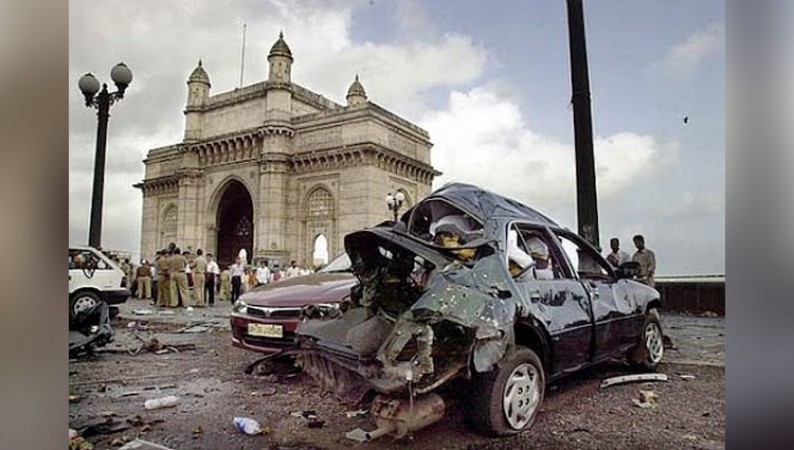
This Day in History: On August 25, 2003, the vibrant city of Mumbai, India, was rocked by a devastating terrorist attack that left a lasting scar on the nation's history. The twin car bombings, targeting crowded public spaces, claimed the lives of 54 innocent people and left 244 others injured. This tragic event marked a significant chapter in India's fight against terrorism, revealing the grim reality of extremist ideologies and their impact on innocent lives.
The Targeted Locations: The 2003 Mumbai bombings targeted two prominent locations: the Gateway of India and Zaveri Bazaar. The Gateway of India, an iconic historical monument and a bustling tourist attraction, bore witness to one of the explosive blasts. The other explosion occurred in Zaveri Bazaar, a bustling jewelry market located near the Mumba Devi temple in central Mumbai. The choice of these locations was a deliberate attempt to inflict maximum damage during the lunch hour, when these areas were teeming with people.
The Method of Attack: The perpetrators employed a sinister strategy by planting powerful explosives in parked taxis at both locations. The timed explosives were set to detonate during the lunchtime rush, causing panic and devastation in crowded spaces. The intensity of the explosions led to widespread destruction, shattered buildings, and an immediate loss of life. The horrific nature of the attack sent shockwaves throughout the city and the nation as a whole.
Initial Confusion and Blame: In the aftermath of the bombings, chaos and confusion gripped Mumbai as authorities scrambled to understand the extent of the tragedy. Initially, no group claimed responsibility for the attack, leaving the public and law enforcement agencies searching for answers. However, suspicion quickly fell on the Lashkar-e-Taiba (LeT), a Pakistan-based militant organization, known for its involvement in similar acts of terror in the region.
The Investigation and Arrests: The investigation into the 2003 Mumbai bombings was an arduous process that required meticulous work by law enforcement agencies. On August 31, 2003, a breakthrough occurred when three suspects were arrested in connection with the bombings: Ashrat Ansari, Haneef Sayyed, and his wife Fahmeeda. The suspects were believed to have played crucial roles in planning, executing, and assisting in the attack. As the investigation progressed, the motive behind the attack began to unravel, revealing a grim tale of vengeance and extremism.
Trial and Conviction: The arrested suspects were subjected to a rigorous legal process, during which their involvement in the bombings was established. In August 2009, a special Prevention of Terrorism Act (POTA) court in Mumbai convicted all three suspects and sentenced them to death. The court found them guilty of orchestrating an act of terror that claimed numerous innocent lives and wreaked havoc on the city.
Continued Legal Proceedings: The legal battle did not end with the initial conviction. In February 2012, the Bombay High Court upheld the death sentence for the three convicts. The verdict was a testament to the Indian legal system's commitment to ensuring justice for the victims and their families. The case also shed light on the intricate web of terrorism networks operating across borders, reiterating the importance of international cooperation in tackling such threats.
Motivation and Connections: Haneef Sayyed's recruitment in Dubai, UAE, by Pakistani nationals for the purpose of avenging anti-Muslim riots in India underscored the deep-rooted ideological motivations behind the attack. His wife, Fahmeeda, played a crucial role in assisting with target selection, while Ashrat Ansari was responsible for planting the bomb in Zaveri Bazaar. The attack's motivation reflected the twisted belief that violence could rectify perceived wrongs.
The 2003 Mumbai bombings stand as a stark reminder of the devastating consequences of terrorism and extremism. The attack not only claimed innocent lives but also exposed the complex network of motivations, recruitment, and execution that underlie such heinous acts. The resolve of the Indian people to stand united against such threats was evident in the way the nation rallied together in the face of tragedy. The legacy of the victims lives on as a testament to the unwavering spirit of resilience and determination.